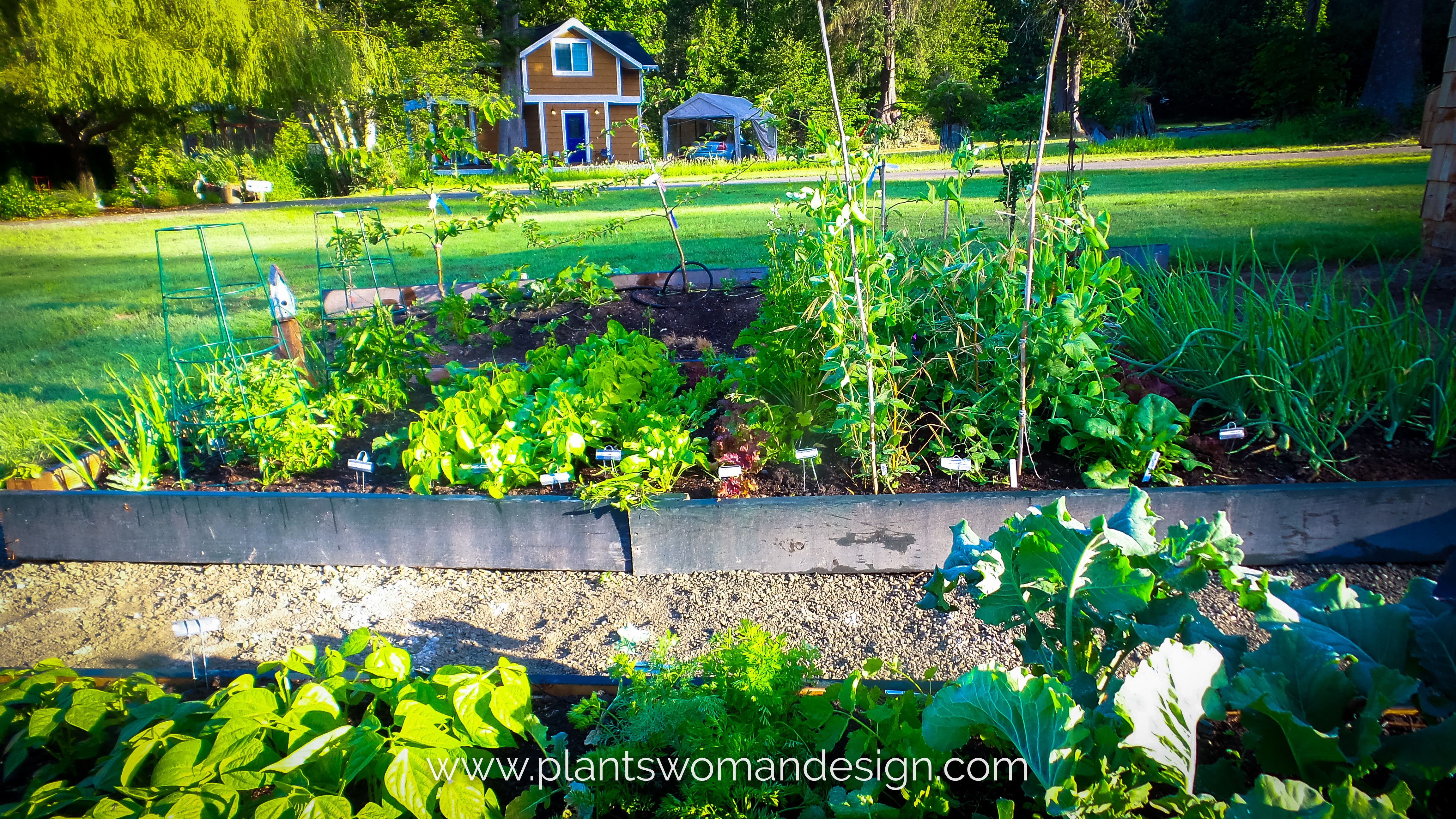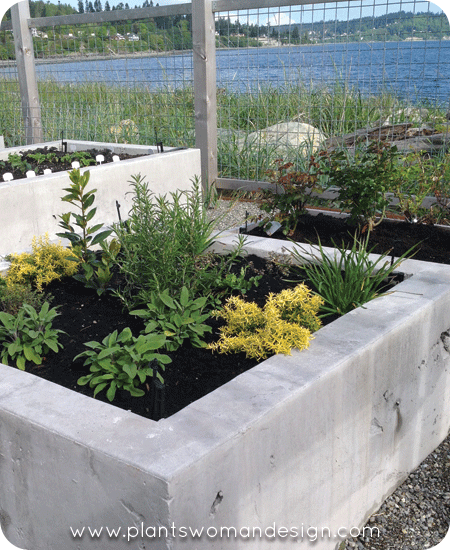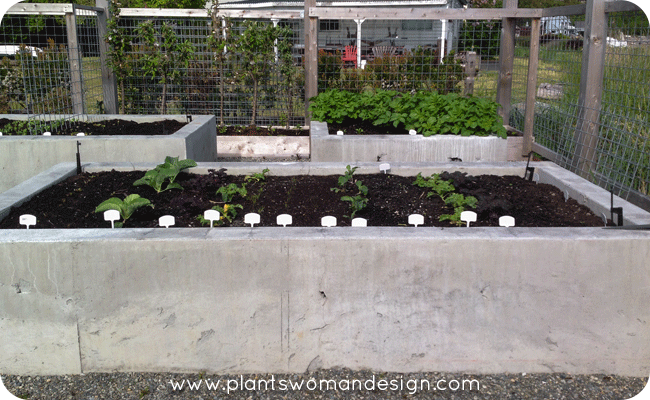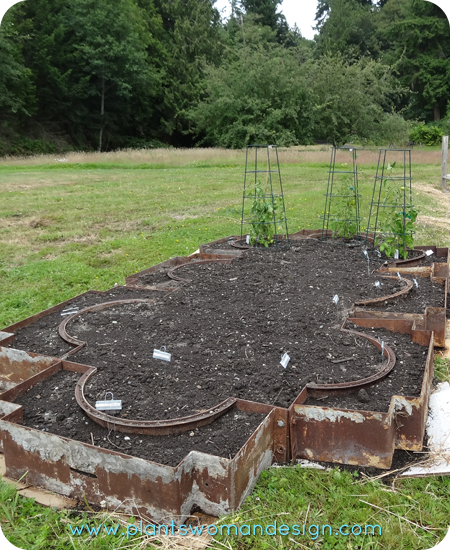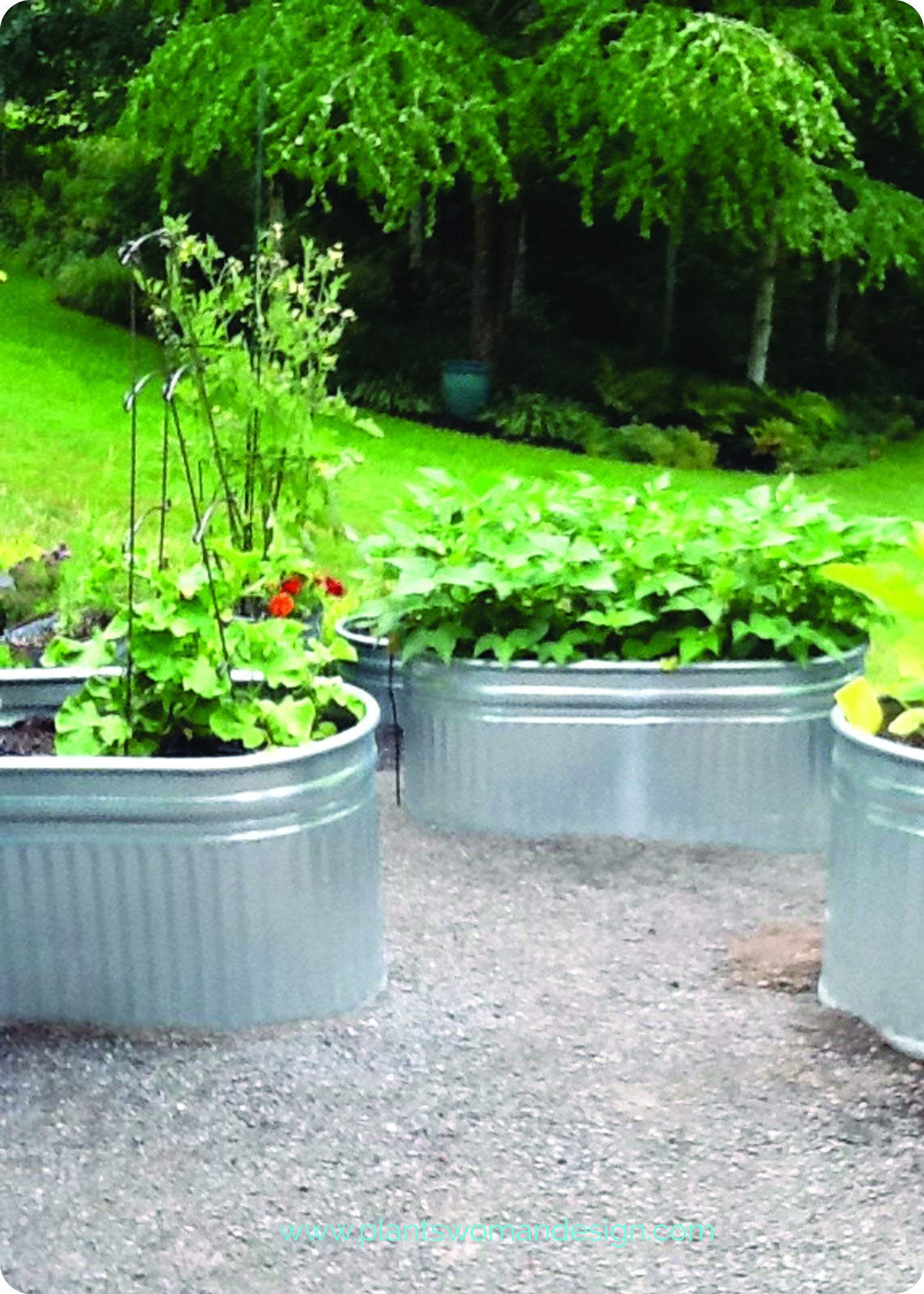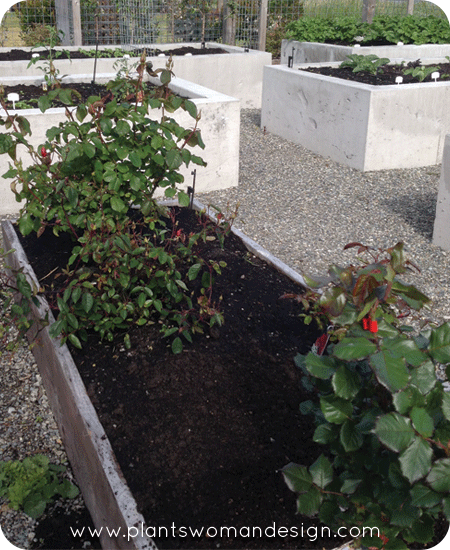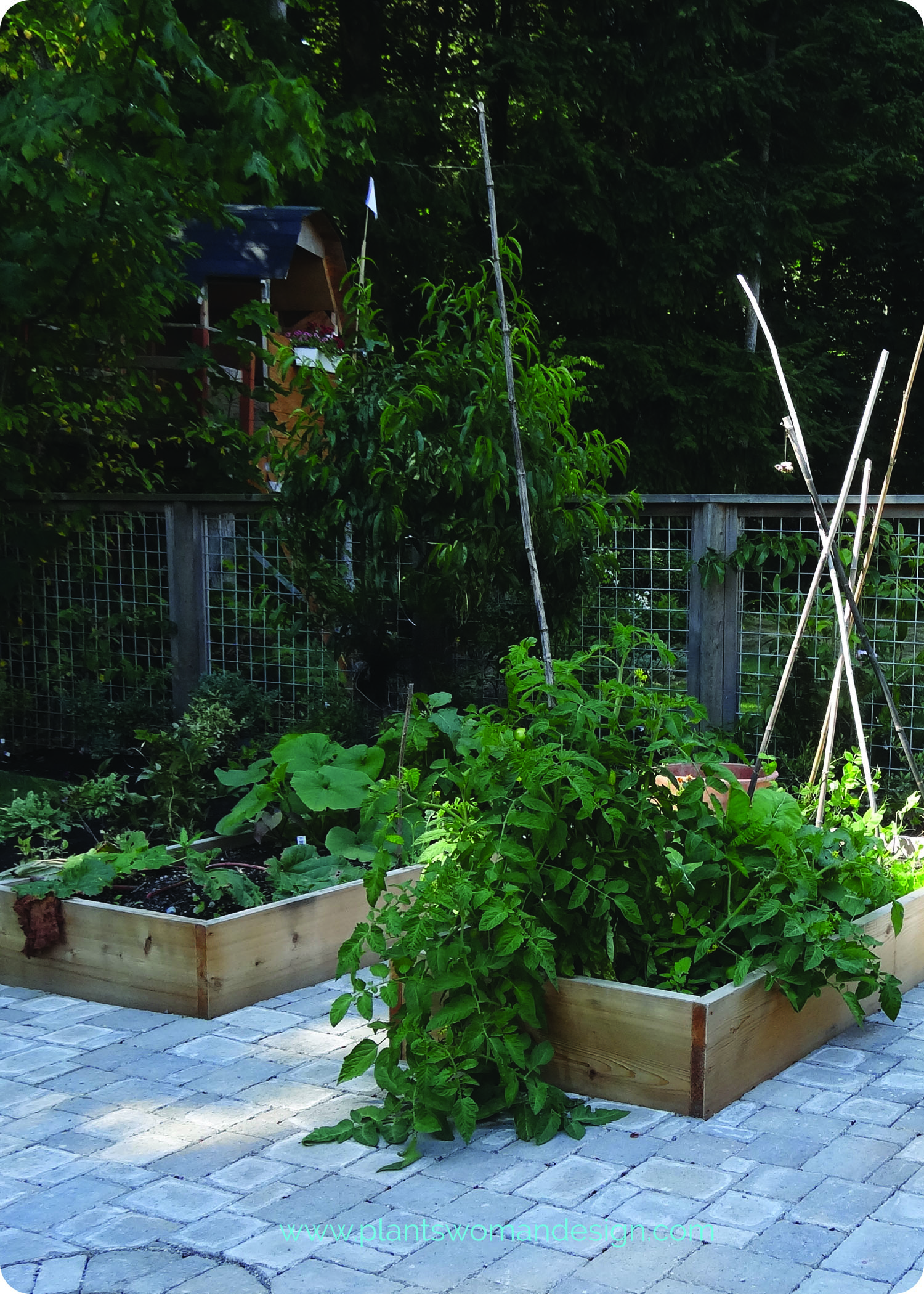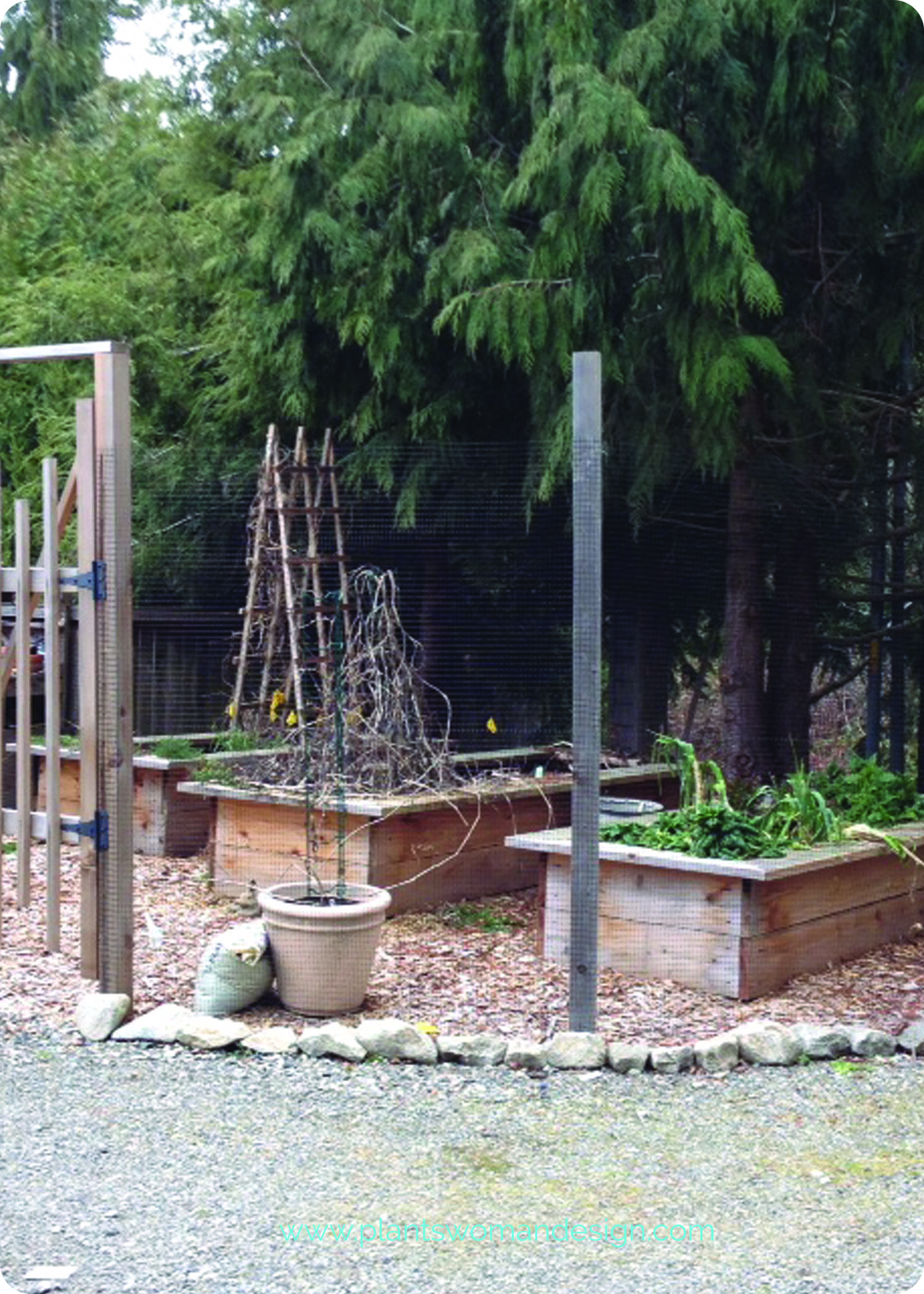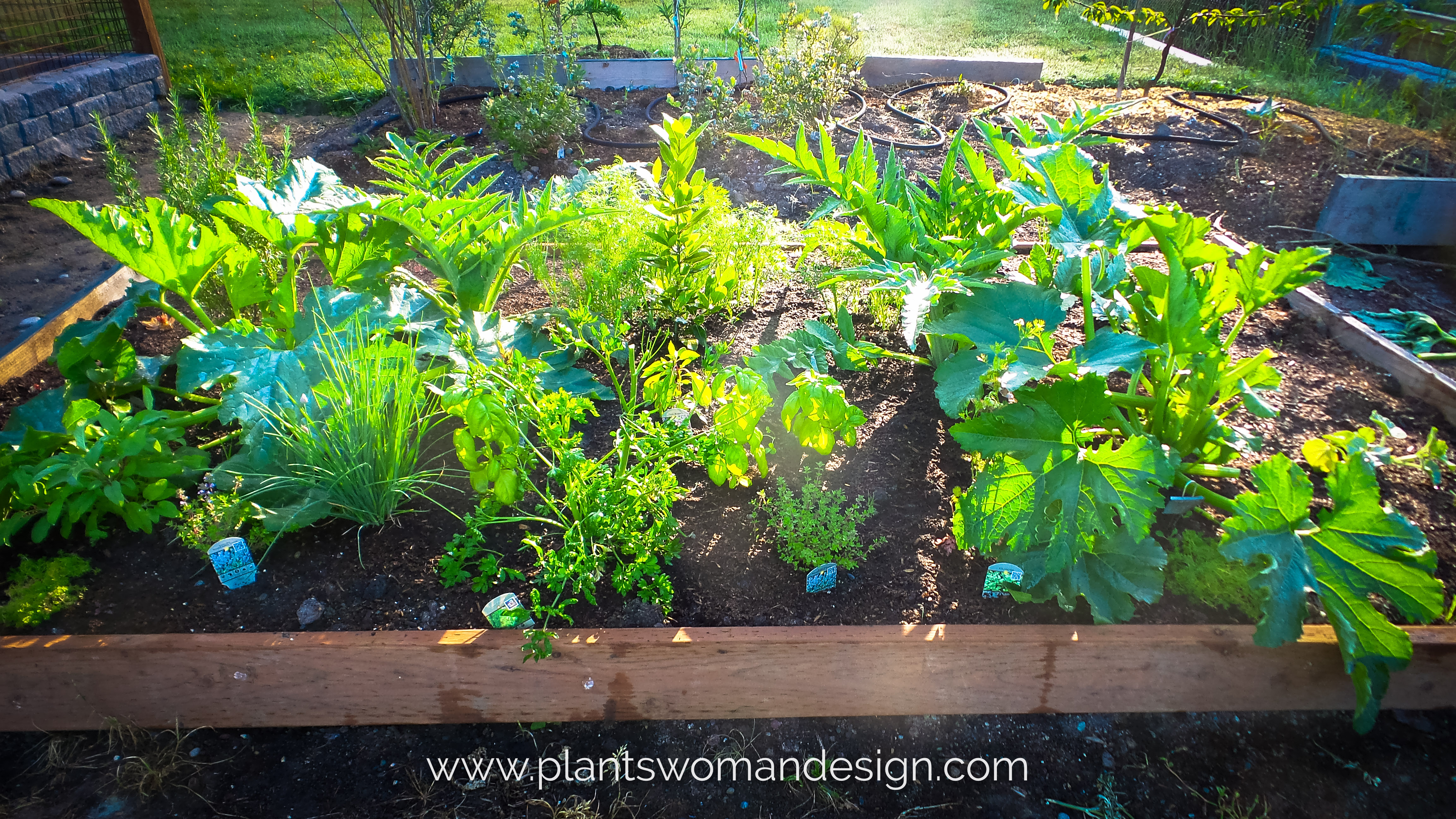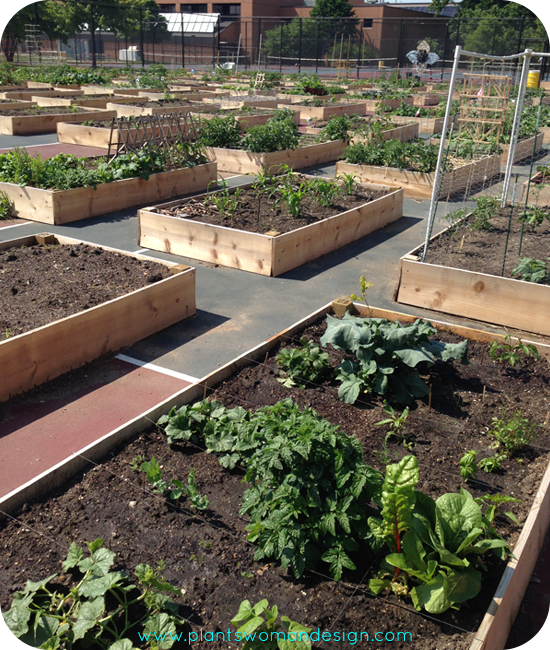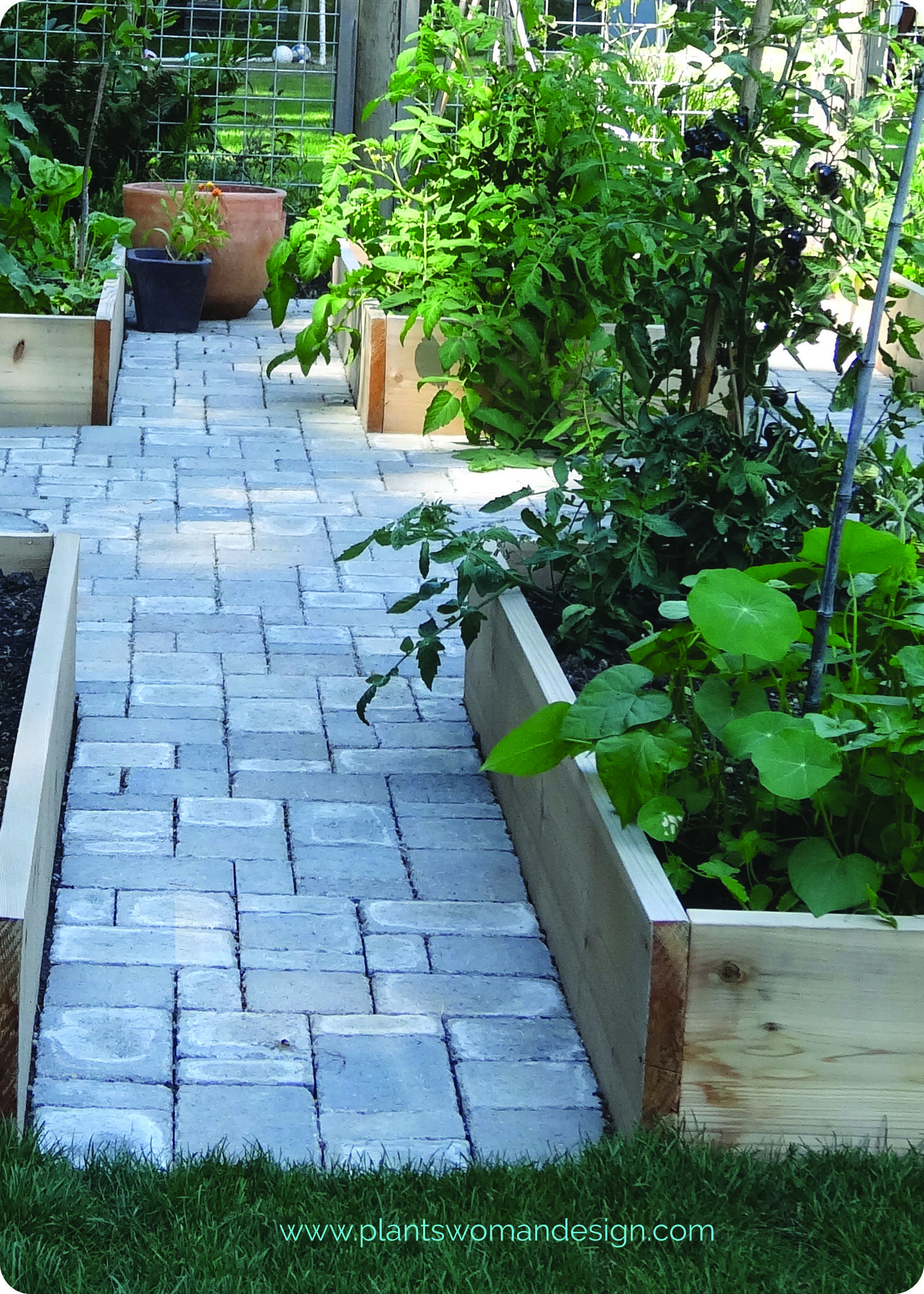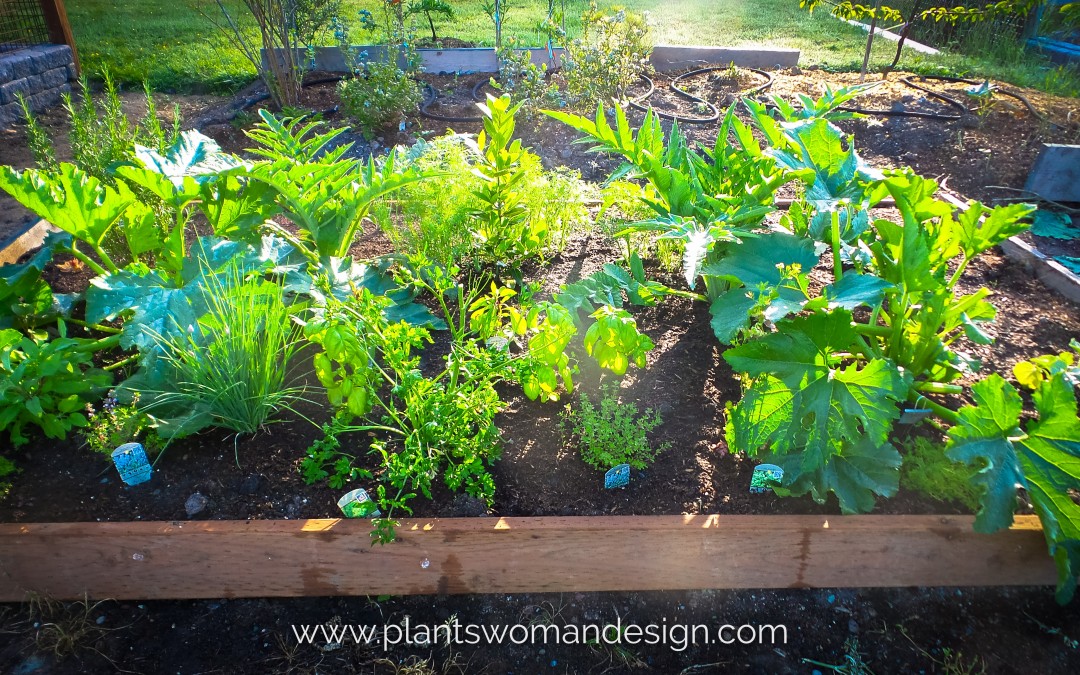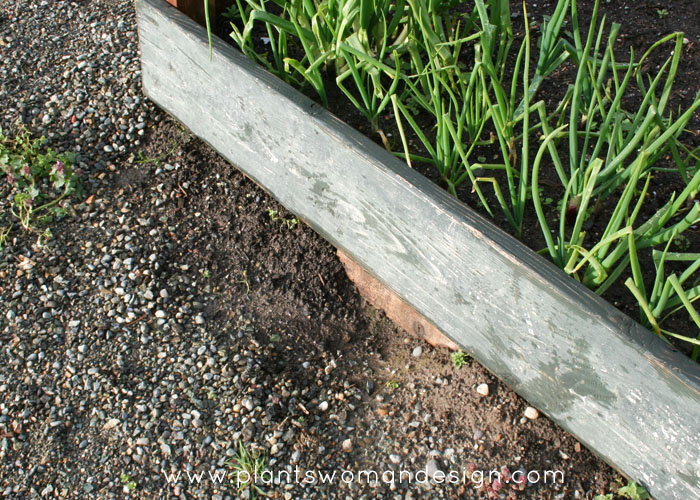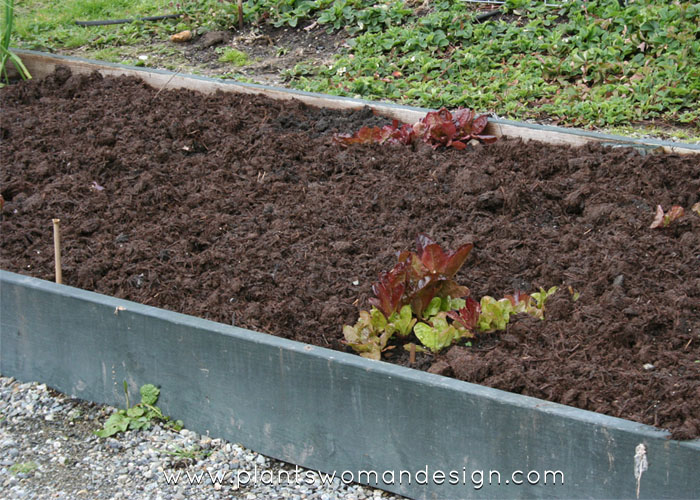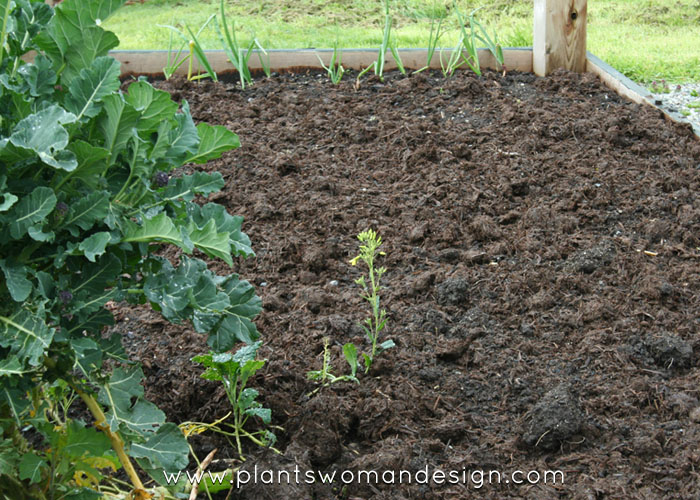As I wait for the seeds to arrive it’s time to start working on my garden beds. I choose to use raised bed gardening for my vegetable beds and have helped many customers to do the same.
Raised bed gardening has several advantages. They give a greater depth of soil (which results in better roots), improve drainage, and the soil is quicker to warm up in the Spring. The beds don’t require tilling or double digging to improve the soil. In fact the more you stay off of them and don’t compact the soil the better it is.
I’ve made raised beds out of galvanized tubs, cedar, concrete, and stone. All of these bring the garden up to a level that it is easy to work in. My method is open box wood built with leftover planks from a long ago garden show. The grass was removed and boxes built and put in place. Some people just leave the grass and pile soil on top but I feel the breakdown of possibility of grass and weeds coming through is not worth the chance.
Here are some tips to get your raised bed garden ready for the spring.
- Remove any old plants and weeds out of the beds. I have some broccoli and leeks left in the garden from last year. Now it is time to remove them and create space for the next planting. There are some weeds that seem to return every year and now is the time to get the jump on them. I leave the onions and garlic that I planted last fall alone except to add some bone meal to the sides to give them a little boost. Living with a zone 7 garden the ground is not frozen but this year it is absolutely saturated with water. When pulling the old plants from the beds I try to knock most of the soil from the roots so the soil stays in the bed. The roots and tops of the leeks go into the compost bin, the weeds into the debris pile, and the leafy bits to the chickens. Everybody is happy.
(see the notes below about how I sort my garden piles)
- Check for holes and needed repairs to make sure every thing is sound for the upcoming year. There are some rodent holes in the edges of the beds so I work in some large rocks under the corners to block up holes. My chickens can also be messy in there so sorting out the soil and raking it is needed. I don’t dig into the soil at all right now for two reasons. First, the soil is too saturated with water and digging through it will break down the structure of the soil. Second, resting the soil and adding amendments on top create good worm action.
- Add mushroom compost to the top of the beds. During the gardening year the beds can lose soil from harvesting. Topping up the beds with mushroom compost creates a perfect bed for new seedlings. Usually the compost from the bin is saved for the non-vegetable beds. The ornamental beds love it and if there are a few weeds left in the compost they are easily dealt with.
Garden Piles:
Compost
gets vegetable leftovers, leaves, cuttings, and prunings. It also gets the clean out of the chicken coop including the white pine chips and manure. Newspaper and cardboard too.
Debris
gets weeds, clumps of grass, cedar branches, any invasive plants like lamium, horsetail, or bamboo.
Woody
gets bamboo stakes, left over wood from projects, larger branches from fallen trees or wind damage
Looking for some raised bed inspiration?
